"He's Not Gone As Long As We Remember Him."

"He's not gone as long as we remember him."
More Posts from Inter-stellxr-blog and Others
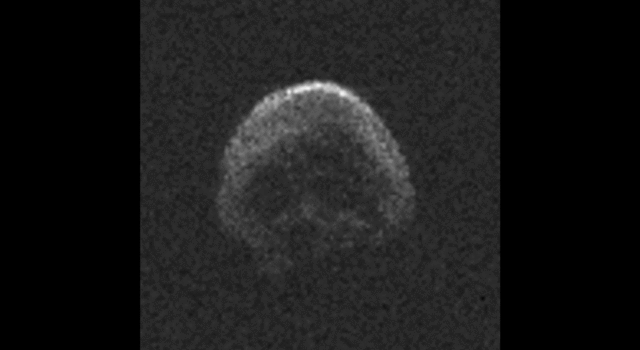
The large space rock that will zip past Earth this Halloween is most likely a dead comet that, fittingly, bears an eerie resemblance to a skull.
These first radar images from the National Science Foundation’s 1,000-foot (305-meter) Arecibo Observatory in Puerto Rico, indicate the near-Earth object is spherical in shape and approximately 2,000 feet (600 meters) in diameter. The radar images were taken on Oct. 30, 2015.
Scientists observing asteroid 2015 TB145 with NASA’s Infrared Telescope Facility (IRTF) on Mauna Kea, Hawaii, have determined that the celestial object is more than likely a dead comet that has shed its volatiles after numerous passes around the sun.
For more information, click here.
Image Credit: NAIC-Arecibo/NSF




mark your calendars!!!

For more amazing images and posts about how Astronomy is Awesome, check us out!
http://astronomyisawesome.com/
As always, please feel free to ask questions and we love it when you reblog!
#astronomy #space #nasa #hubble space telescope #nebula #nebulae #galaxy
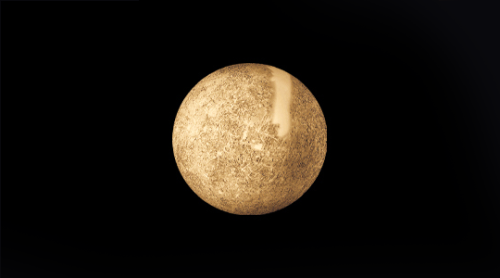
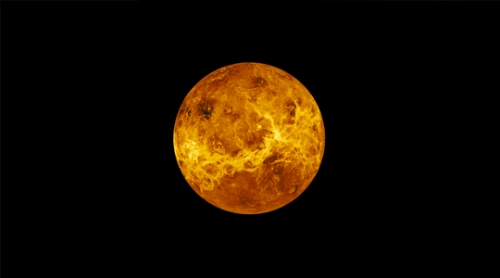
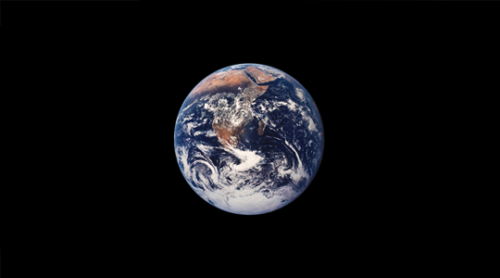
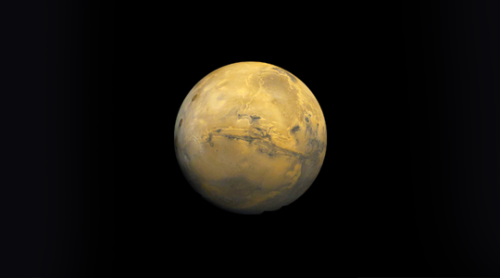
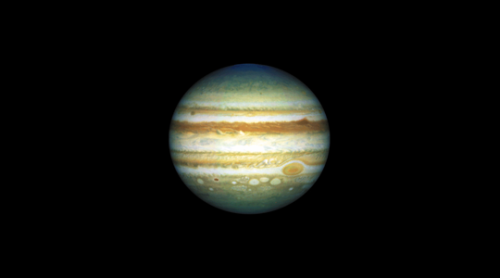

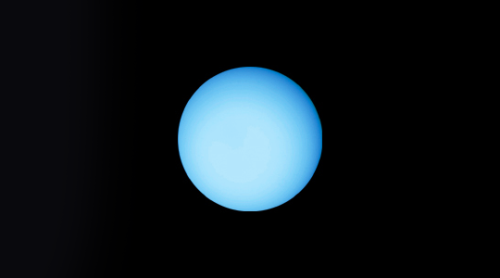
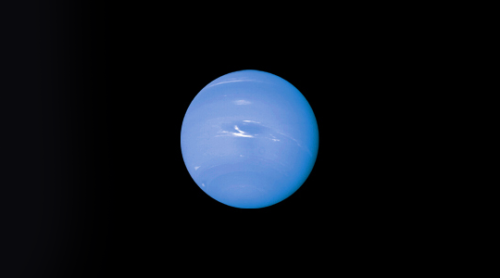
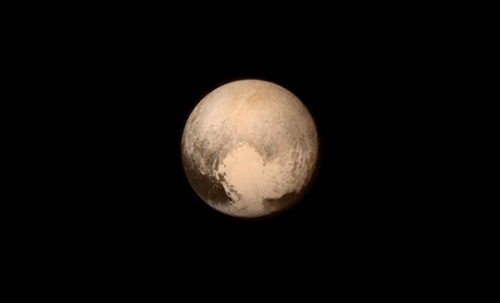



Meteorite Shower Over McCloud Falls, California
js
@rasinblazin

There Will Be A Supernova In The Sky In 2016
A supernova will appear in the sky in the first few months of 2016, according to astronomers working on the Hubble Space Telescope. The prediction is possible because they first saw the star explode in 2014 in a gravitationally lensed galaxy, which will make it visible again next year.
Gravitational lenses happen when a massive object (or objects such as a cluster of galaxies) magnifies and distorts the light of background galaxies. In this case, the galaxy cluster is so massive that it deforms space and time so that it acts like a gigantic magnifying glass.
Sometimes, these distortions produce multiple images of the same object. Although they belong to the same galaxy, the images we see were not emitted at the same time. Because light travels at a finite speed, photons will take a different amount of time to travel around the massive object depending on the path they follow – with some routes taking longer than others.
The supernova explosion that we will see in 2016 is a re-run of the 2014 one, known as the Refsdal Supernova. It was generated in a galaxy nine billion light-years away, and the lens is created by a massive galaxy cluster, called MACS J1149+2223, five billion light-years from us.
Read more ~ IFL Science
Image: This image shows the appearance of the Refsdal Supernova. The middle circle shows the predicted position of the reappearing supernova in early 2016. Credit: NASA/ESA/HST


The first structural test article of Orion’s Service Module arrived at NASA’s Glenn Research Center in Cleveland, Ohio yesterday (November 9). Manufactured by Airbus Defense and Space in Europe, (the same company who built the Automated Transfer Vehicle), the European Service Module will provide Orion’s electrical, propulsion and umbilical capabilities during flight. A single Orbital Maneuvering System engine leftover from the Space Shuttle program will power the spacecraft, and four 11-kilowatt solar panels will generate electrical power. The STA will be used for fit checks and other engineering tests at NASA’s Plumb Brook facility, which is a sub-facility of Glenn. An Antonov-124 aircraft, the second largest cargo plane in the world delivered the ESM STA to Cleveland International Airport November 9.

10 Intriguing Worlds Beyond Our Solar System
In celebration of the 20th anniversary of the first confirmed planet around a sun-like star (aka exoplanet), a collection of some interesting exoplanets has been put together. Some of these are rocky, some are gaseous and some are very, very cold. But there’s one thing each these strange new worlds have in common: All have advanced scientific understanding of our place in the cosmos. Check out these 10 exoplanets, along with artist’s concepts depicting what they might look like. For an extended list of 20 exoplanets, go HERE.
1. Kepler-186f

Kepler-186f was the first rocky planet to be found within the habitable zone – the region around the host star where the temperature is right for liquid water. This planet is also very close in size to Earth. Even though we may not find out what’s going on at the surface of this planet anytime soon, it’s a strong reminder of why new technologies are being developed that will enable scientists to get a closer look at distance worlds.
More Info
2. HD 209458 b (nickname “Osiris”)

The first planet to be seen in transit (crossing its star) and the first planet to have it light directly detected. The HD 209458 b transit discovery showed that transit observations were feasible and opened up an entire new realm of exoplanet characterization.
More info
3. Kepler-11 system

This was the first compact solar system discovered by Kepler, and it revealed that a system can be tightly packed, with at least five planets within the orbit of Mercury, and still be stable. It touched off a whole new look into planet formation ideas and suggested that multiple small planet systems, like ours, may be common.
More info
4. Kepler-16b

A real-life “Tatooine,” this planet was Kepler’s first discovery of a planet that orbits two stars – what is known as a circumbinary planet.
More info
5. 51 Pegasi b

This giant planet, which is about half the mass of Jupiter and orbits its star every four days, was the first confirmed exoplanet around a sun-like star, a discovery that launched a whole new field of exploration.
More info
6. CoRoT 7b

The first super-Earth identified as a rocky exoplanet, this planet proved that worlds like the Earth were indeed possible and that the search for potentially habitable worlds (rocky planets in the habitable zone) might be fruitful.
More info
7. Kepler-22b

A planet in the habitable zone and a possible water-world planet unlike any seen in our solar system.
More info
8. Kepler-10b

Kepler’s first rocky planet discovery is a scorched, Earth-size world that scientists believe may have a lava ocean on its surface.
More info
9. Kepler-444 system

The oldest known planetary system has five terrestrial-sized planets, all in orbital resonance. This weird group showed that solar systems have formed and lived in our galaxy for nearly its entire existence.
More info
10. 55 Cancri e

Sauna anyone? 55 Cancri e is a toasty world that rushes around its star every 18 hours. It orbits so closely – about 25 times closer than Mercury is to our sun – that it is tidally locked with one face forever blistering under the heat of its sun. The planet is proposed to have a rocky core surrounded by a layer of water in a “supercritical” state, where it is both liquid and gas, and then the whole planet is thought to be topped by a blanket of steam.
More info
-
 mooon-dusts reblogged this · 7 years ago
mooon-dusts reblogged this · 7 years ago -
 mrshamada-dorian liked this · 7 years ago
mrshamada-dorian liked this · 7 years ago -
 sqw liked this · 8 years ago
sqw liked this · 8 years ago -
 sweetkatiewest liked this · 8 years ago
sweetkatiewest liked this · 8 years ago -
 hiroisinwonderland-blog liked this · 8 years ago
hiroisinwonderland-blog liked this · 8 years ago -
 bigherosixtysix-blog reblogged this · 8 years ago
bigherosixtysix-blog reblogged this · 8 years ago -
 bigherosixtysix-blog liked this · 8 years ago
bigherosixtysix-blog liked this · 8 years ago -
 a-tiredartist liked this · 8 years ago
a-tiredartist liked this · 8 years ago -
 starry-solo reblogged this · 8 years ago
starry-solo reblogged this · 8 years ago -
 princess-kidatheart17 reblogged this · 8 years ago
princess-kidatheart17 reblogged this · 8 years ago -
 princess-kidatheart17 liked this · 8 years ago
princess-kidatheart17 liked this · 8 years ago -
 harmonizewithechoes reblogged this · 8 years ago
harmonizewithechoes reblogged this · 8 years ago -
 harmonizewithechoes liked this · 8 years ago
harmonizewithechoes liked this · 8 years ago -
 those-goddamned-fangirls reblogged this · 8 years ago
those-goddamned-fangirls reblogged this · 8 years ago -
 those-goddamned-fangirls liked this · 8 years ago
those-goddamned-fangirls liked this · 8 years ago -
 megamagicalcookies reblogged this · 8 years ago
megamagicalcookies reblogged this · 8 years ago -
 crisiscorner liked this · 8 years ago
crisiscorner liked this · 8 years ago -
 princessofnewcorona reblogged this · 8 years ago
princessofnewcorona reblogged this · 8 years ago -
 animationdementia liked this · 8 years ago
animationdementia liked this · 8 years ago -
 devilishlyvintage liked this · 8 years ago
devilishlyvintage liked this · 8 years ago -
 bigherosixfeels reblogged this · 8 years ago
bigherosixfeels reblogged this · 8 years ago -
 bigherosixfeels liked this · 8 years ago
bigherosixfeels liked this · 8 years ago -
 epsileo liked this · 8 years ago
epsileo liked this · 8 years ago -
 scoupsydaisy17 liked this · 8 years ago
scoupsydaisy17 liked this · 8 years ago -
 rozetolazotttorekenyszo reblogged this · 8 years ago
rozetolazotttorekenyszo reblogged this · 8 years ago -
 rozetolazotttorekenyszo liked this · 8 years ago
rozetolazotttorekenyszo liked this · 8 years ago -
 big-nerds-6 reblogged this · 8 years ago
big-nerds-6 reblogged this · 8 years ago -
 wintervision liked this · 8 years ago
wintervision liked this · 8 years ago -
 cyberzombiechild liked this · 8 years ago
cyberzombiechild liked this · 8 years ago -
 theeyeofthetigger liked this · 8 years ago
theeyeofthetigger liked this · 8 years ago -
 jack-frost-apologist reblogged this · 8 years ago
jack-frost-apologist reblogged this · 8 years ago -
 jack-frost-apologist liked this · 8 years ago
jack-frost-apologist liked this · 8 years ago -
 arisa-nightingale liked this · 8 years ago
arisa-nightingale liked this · 8 years ago -
 atruehiro reblogged this · 8 years ago
atruehiro reblogged this · 8 years ago -
 atruehiro liked this · 9 years ago
atruehiro liked this · 9 years ago -
 inter-stellxr-blog liked this · 9 years ago
inter-stellxr-blog liked this · 9 years ago -
 maryam-from-mars liked this · 10 years ago
maryam-from-mars liked this · 10 years ago -
 wonderyinci reblogged this · 10 years ago
wonderyinci reblogged this · 10 years ago
"I don't know who will read this. I guess someone will find it eventually. Maybe in a hundred years or so." -Mark Watney
174 posts